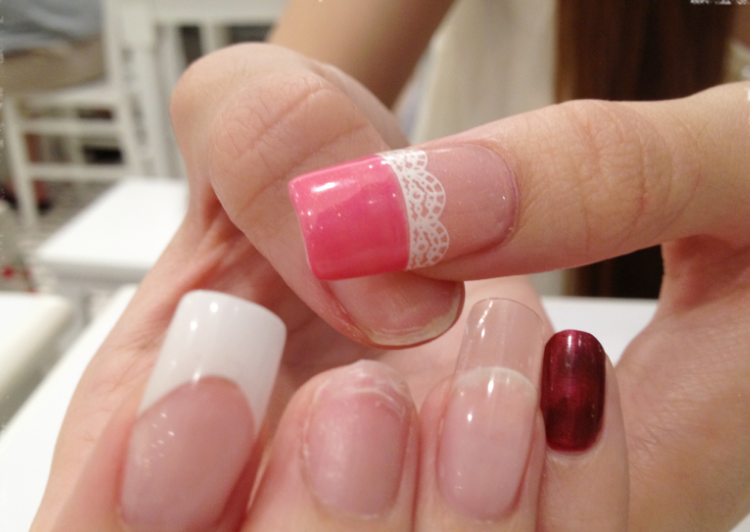
ISDIN’s Si-Nails boasts resin from Pistacia lentiscus gum to help support keratins and boost nail hardness. Keratins are an important building block for strong and resistant nails. Once you’ve had your gel or acrylic nails removed, you can start to care for them by using a product that strengthens and hydrates the nail structure while providing it with the components it needs to look and feel healthy again.Īnd what are these nail-boosting components? Let’s check them out: Keratins How can I strengthen my nails after acrylics or gel? Then, hydrate, hydrate, hydrate! Finish with a hydrating nail strengthener that you can apply over your nails and cuticles, like ISDIN Si-Nails. Wash your hands and nails and gently pat them dry. Once they have all been removed, buff your nails to remove any smaller pieces. Lift up one of your foils to check on your nails, and if the acrylics have soaked off.

You’ll want to do this while watching a movie, as you need to keep the foil on your nails for 30-40 minutes. Then wrap your nails in individual squares of pre-cut tin foil, securing the cotton ball on top of the nail. First, soak cotton wool pads or balls in polish remover. While you could simply soak your nails in polish remover, this will expose more than just your nails to the remover, when it’s not necessary. Take your nail file and gently smooth the top of your nails, trying to get the gel or acrylic as thin as possible. Of course, you may want to keep your nails long, but the shorter they are, the easier it will be to remove your fake nails. Step 1Ĭlip your nails (fake, fake and real, or gel-covered) down using the nail scissors. In the event you need to remove your fake nails or gel polish at home, you’ll need nail polish remover, cotton wool, nail scissors, a nail file, and tin foil. If your fake nails start to fall off or get chipped, it’s important to remember not to pick at them, and to try to remove them in a way that causes less damage to your natural nails. While this is normally best to leave to the professionals – and all the better if you can – there may be moments where you are not able to get to the salon to have them removed.

On the other hand, the FDA views all nail curing lamps as low risk when used as directed by the label.īut, it’s always a good idea to wear broad spectrum sunscreen daily – even on your hands!īefore you start your nail break, you’ll of course have to remove your gels or acrylics. An LED light also cures more quickly, reducing your hands’ exposure to UV rays. While LED lamps still emit UV radiation, it’s less than with a UV curing light.
#Thin acrylic overlay nails skin#
And gel nail polish plus UV radiation can actually harm the keratins in nails, potentially making them more fragile.īeyond your nails, are there risks to your skin when using UV-curing lamps? The American Association of Dermatology recommends going to a nail salon that uses an LED curing light instead of a UV light. Most gel nails need ultraviolet (UV) light to harden. Acrylic nails can also damage the nails in the longer term, as the surface of your natural nails is filed down for application, meaning the natural nail becomes weaker.Īnother thing to consider: the curing process. Over-manicuring, poor-quality manicures, and applying polish to already damaged nails can make them more brittle, along with causing thinning of the nail plate – the hard part of the nail made up of keratin.įor example, gel manicures can cause nail dehydration and thinning if used in excess and especially if not correctly applied with a gel base coat.


We won’t go that far, but they can definitely be tough on your nails and the skin on your hands.


 0 kommentar(er)
0 kommentar(er)
